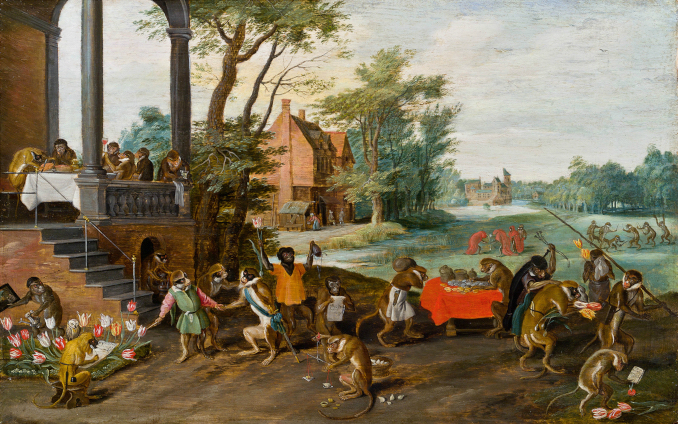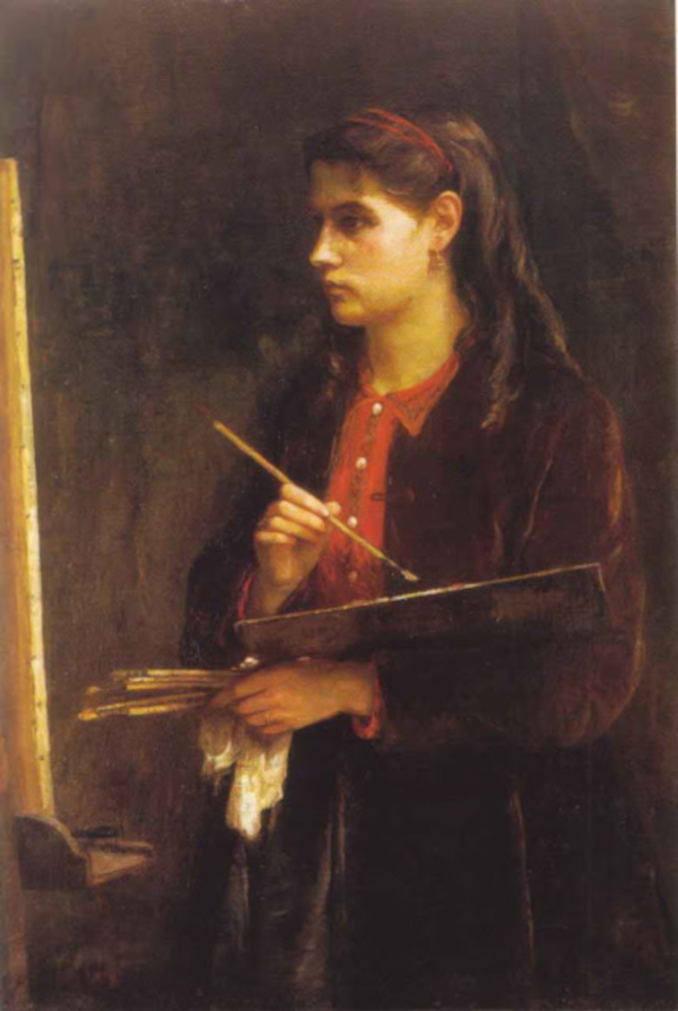Allegory of Tulip Mania. Jan Breughel the Younger (after 1637). Private collection. Photo: Public Domain Wikimedia Commons
By Nina Heyn – Your Culture Scout
Art serves many social purposes, such as creating a magic ritual, preserving memories, announcing praise or condemnation, revising history, and (obviously) providing esthetic enjoyment. It's no wonder, then, that art has also been used to warn people of the potential consequences of their actions.
The British Museum houses a lot of stone treasures, starting with the best illustration of the importance of translators—the Rosetta Stone—and continuing through an Aztec double-headed serpent and the so-called Lachish Reliefs. Among the latter, there are relief carvings that commemorate victories of the Assyrian king Sennacherib over peoples he conquered—in this instance, the people of the neighboring Judah. One of their conflicts gave impetus to the story of Judith and Holofernes, a favorite subject of Baroque painters such as Artemisia Gentileschi.










Beautiful observations regarding the importance of art and the connection to modern culture. My concern would be one of which looks to what type of art is being produced in our modern day. What “tulips” are being sold to the masses today?